Regulatory Compliance Pressure
The air handling-units market in Germany is experiencing heightened pressure due to stringent regulatory compliance requirements. The German government has implemented various environmental regulations aimed at reducing energy consumption and emissions in buildings. As a result, manufacturers are compelled to innovate and produce energy-efficient air handling units that meet these standards. The market is projected to grow as companies invest in technologies that comply with regulations, potentially increasing market value by approximately 15% over the next five years. This regulatory landscape not only drives demand for advanced air handling solutions but also encourages the adoption of sustainable practices within the industry.
Rising Construction Activities
The air handling-units market is likely to benefit from the ongoing rise in construction activities across Germany. With urbanization and infrastructure development on the rise, there is a growing need for efficient air handling systems in both residential and commercial buildings. The construction sector is expected to grow at a CAGR of around 4% in the coming years, which will directly impact the demand for air handling units. This trend indicates a robust market environment where manufacturers can capitalize on new projects, thereby enhancing their market share and contributing to the overall growth of the air handling-units market.
Increased Focus on Indoor Air Quality
There is a growing awareness regarding indoor air quality (IAQ) among consumers and businesses in Germany, which is significantly influencing the air handling-units market. As health concerns related to air pollution and allergens rise, the demand for air handling units that can effectively filter and circulate clean air is increasing. This trend is expected to drive innovation in filtration technologies and air purification systems, potentially leading to a market growth of 10% over the next few years. The emphasis on IAQ not only enhances the appeal of air handling units but also positions them as essential components in modern building designs.
Technological Advancements in HVAC Systems
Technological advancements are playing a crucial role in shaping the air handling-units market in Germany. Innovations such as variable air volume systems, advanced control systems, and IoT integration are enhancing the efficiency and functionality of air handling units. These advancements are likely to attract investments, as companies seek to differentiate their products in a competitive landscape. The market is projected to see a growth rate of approximately 12% as manufacturers adopt these technologies to meet evolving consumer demands. This trend indicates a shift towards smarter, more efficient air handling solutions that align with modern building requirements.
Sustainability Initiatives and Green Building Trends
Sustainability initiatives are increasingly influencing the air handling-units market in Germany. The push for green building certifications, such as LEED and BREEAM, is driving demand for energy-efficient and environmentally friendly air handling solutions. As more construction projects aim for sustainability, the market for air handling units that comply with these standards is expected to expand. This trend may lead to a market growth of around 8% as stakeholders prioritize eco-friendly solutions. The alignment of air handling units with sustainability goals not only enhances their marketability but also contributes to the overall reduction of carbon footprints in the building sector.



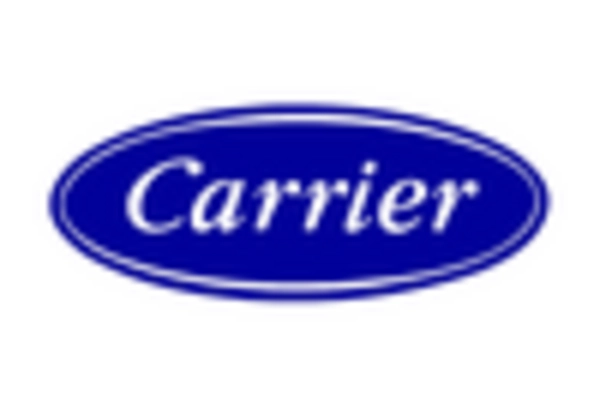
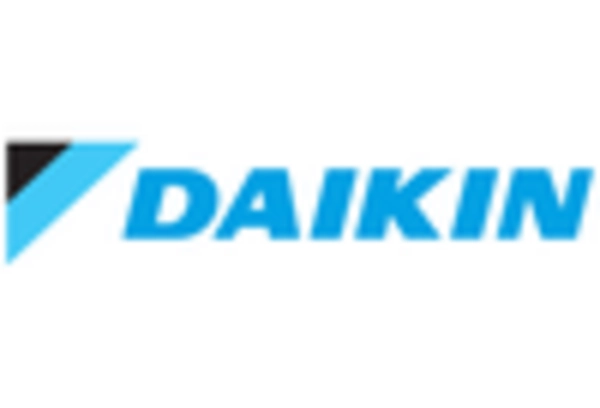
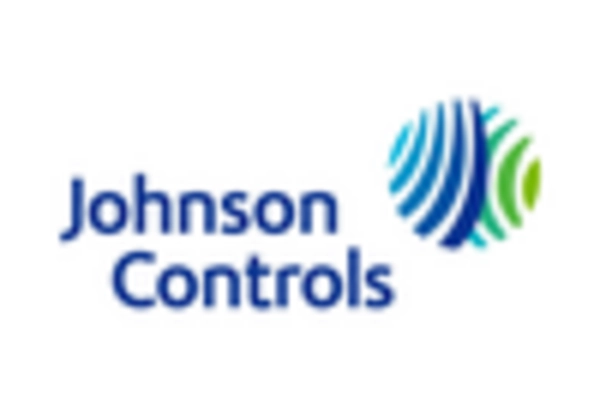
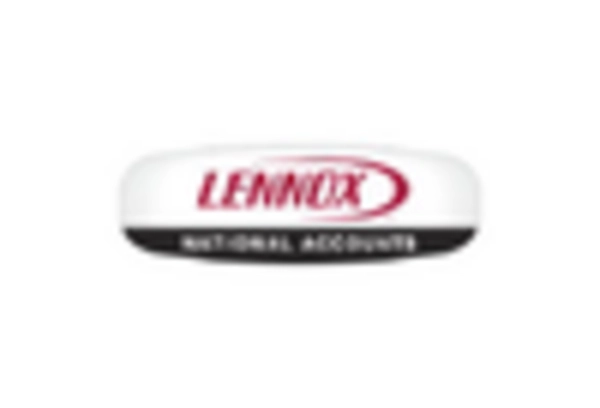

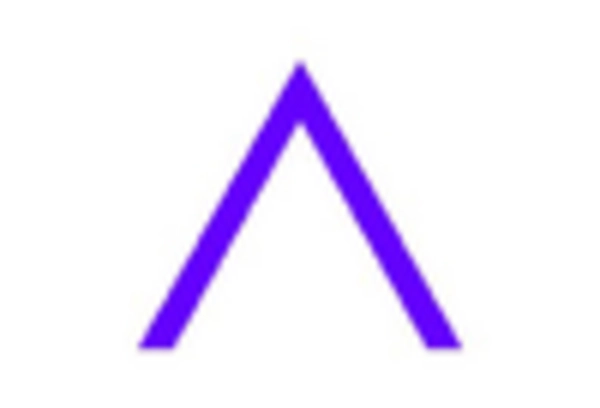








Leave a Comment